In-Depth with Firstbeat: Part 3
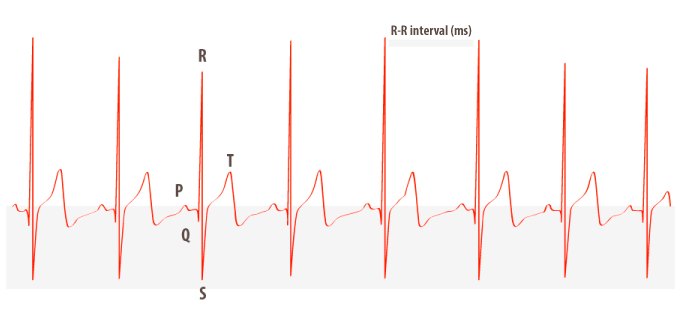
[Ed. note: this is the third in a three part series going in-depth – really in depth – on the FirstBeat system. We struggled with the decision to split this up versus keeping it whole. But at 4,800 words of great content, it just seemed a bit long for a single piece. If you missed the first two installments, start with Part 1 here and/or Part 2 here.]
Weaknesses
Is this system perfect? Of course not. Firstly, to achieve nighttime recovery data, here's a shocker, you have to wear something when you sleep. Firstbeat gives you two options: your traditional HR monitor chest strap or specially dedicated chest sensors. The HR monitor chest strap is easier, cheaper and I suppose looks less weird (though a word to the wise – prepare yourself for lots of comments/questions from your SO). The disadvantage is that this set-up is more prone to error. The chest sensor option is very, very accurate, but not only do you have to buy electrode patches (cheap, but a PITA to remember to bring on trips and re-order) you also look like you are undergoing screening for the Mercury space program every night as you prepare for bed. The system provides uber-accurate measurements, but sadly I found it to also be a bit wonky. If you do not upload the data every few days, you experience the dreaded "system crash and freeze" therein losing all of your data. This is not an issue if you stay on top of your uploads, but it seems as though this should work better for a system of its price. Sleeping with either contraption is a bit of an adjustment, but thankfully FBD is a good sleeper and after a few nights I don't even notice either option. Your mileage may vary.
The system requirements claim that it can work with several different heart rate monitors, but everyone I've spoken to uses a Suunto Ambit 2 or 3, myself included. I found the Suunto to be superior to the Garmin even as a stand-alone HR monitor, so using it for FB was an easy transition. And I'm not alone – look on the wrists of many a World Cup skier and you'll see a Suunto, so I don't view this as a negative, but knowing that you may need to also buy a new watch is an important consideration for budget and ROI. Then there's the issue of the software not running on Mac. This can easily be overcome by installing an emulator, but again, it seems like software of this price should be Mac compatible.
On a more macro level, "power user" (see what I did there?) Zach Caldwell offered a few more criticisms, "Overall the software could be a bit more user friendly. There is a lot going on, which is a good thing, but this means that it can take some time to understand how to correctly interpret the data. Perhaps more importantly, it is a speedometer. It tells you how fast you're going. It does not tell you how fast you should be going. This is not a weakness, but rather a common misperception of the utility of the device. It is a fantastic device, but all users and potential users need to be aware of what is actual does and does not do."
Galanes seconded this observation, "People make the mistake of buying the software, installing it, going for a run, then looking for something magical. It doesn't work that way. You need to establish a baseline for recovery, do some VO2 test and begin to look for trends. It takes a few weeks before the data will start to be meaningful and you need to understand how to properly interpret it, but once you have all of that down, it's the best thing out there by a long shot. If you can work with a qualified coach who has experience with the system, that's the best of both worlds."
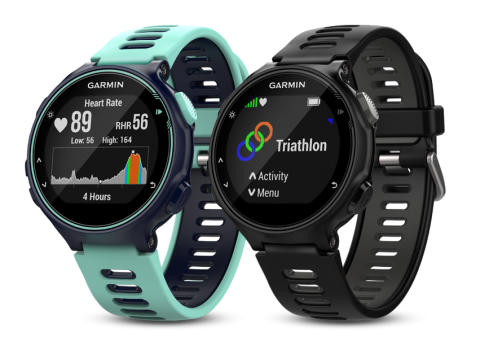
Biggest Takeaways
"I've been around sport for a long time," said Caldwell, "first as an athlete and then as a coach and one of the biggest things that I see while advising my athletes is just how hard it is to coach yourself. I include myself in this too: my personal instincts for training are terrible. Every basic instinct I have is to run myself into the ground. I always thought I just wasn't tough enough, but in reality the problem was that I was way too impatient and way too stupid. I wanted to go faster right away and I didn't want to listen to my body. I know this is not just me either, so being able to quantify some of these issues helps me have a good discussion with athletes in a very non-threatening way, which is important."
"One of the biggest things that I've learned is just how right coaches are," said Hoffman. "As athletes we always hear about the importance of rest and recovery, but we you can look at the data right on the screen about how your behavior impacted your ability to train, that is much more powerful than anything a coach can say."
Fellow elite skier Sophie Caldwell agreed, "I've become a lot more aware of my recovery and the impact that different workouts has on recovery. It makes me think a lot more about how important recovery is for success. It's forced me to pay more attention to all of the other parts in my day and that's a good thing, a very good thing. I've been using it for almost a year and while I'm not at the point where I rely on it 100%, it is very helpful to see my trends. Sometimes it shows that I'm getting into a bit of a hole and this helps me stay in front of it. I also use it to ramp things up if it looks like I can handle more load. I can probably do a pretty good job guessing, but I certainly would have missed it a few times and it is in those instances that it is particularly helpful. My overall experience is very positive."
Hoffman continued, "One of the first things that I did when I started using the system was I collected data for 24 hours/day for 6 weeks. What we learned with this is that my activity through the day correlated much more highly than I believe earlier to my nighttime recovery scores. Some of the coaches had told me that they thought I was being too active in-between training sessions and that's exactly what we found. It was also surprising the types of things that disrupted recovery: I'm a competitive guy and it turns out that even board games elevate my stress levels enough to impede recovery. I never would have guessed this. It's also important to note that while we have prioritized recovery in our use of the system, I definitely do use it for training and racing, in particular for things like pacing. It helps you verify what you think you already know in terms of feel. I look at it as a great safety net."
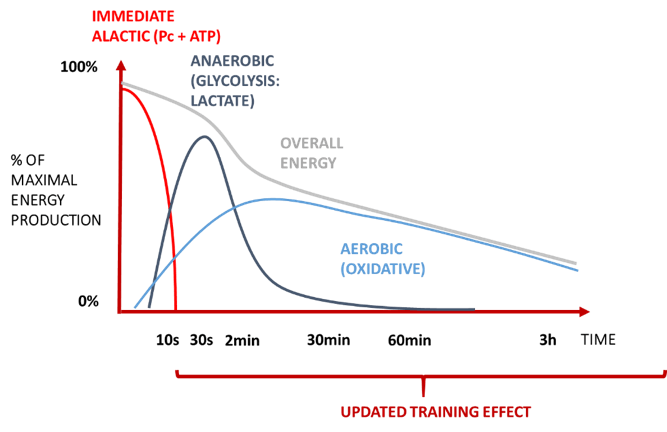
Applicability for Age-groupers and multi-sport
So is this just a tool for the over 80 VO2 crowd with Olympic aspirations? Hardly. In fact, given the complexity of training for any big race while working full-time, this system is probably even MORE applicable to age-group athletes. "It's probably more important that people who aren't full time athletes use this system," noted a keenly self-aware Hoffman. "It's WAY harder to balance your training load that manages your energy appropriately, as they have so many other distractions. I can at least try to devote most of my energy to training, so its easier to recover and not overdo it, but for people who have lots going on, it would be incredibly valuable. It is an important guide to help you train effectively with everything else that you have to do."
The two groups of athletes I feel that can benefit the most from this system are age-groupers and multi-sport athletes, offered Galanes. "The physiology of swimming, running and cycling are all different and this helps assess the impact on all of these stresses to the energy systems. This all makes the system even more applicable for these type athletes, as managing load can be very, very tricky."
Zach Caldwell agreed, "If you use a system like Firstbeat to measure stress load external to exercise output, you're nailing things down from both sides. Neurological state and physiological cost and that's a great thing. Human performances lives in the gap between input and output. If you're only quantifying one or the other, you're opening yourself up for surprises on race day, I don't care what sport you're in."
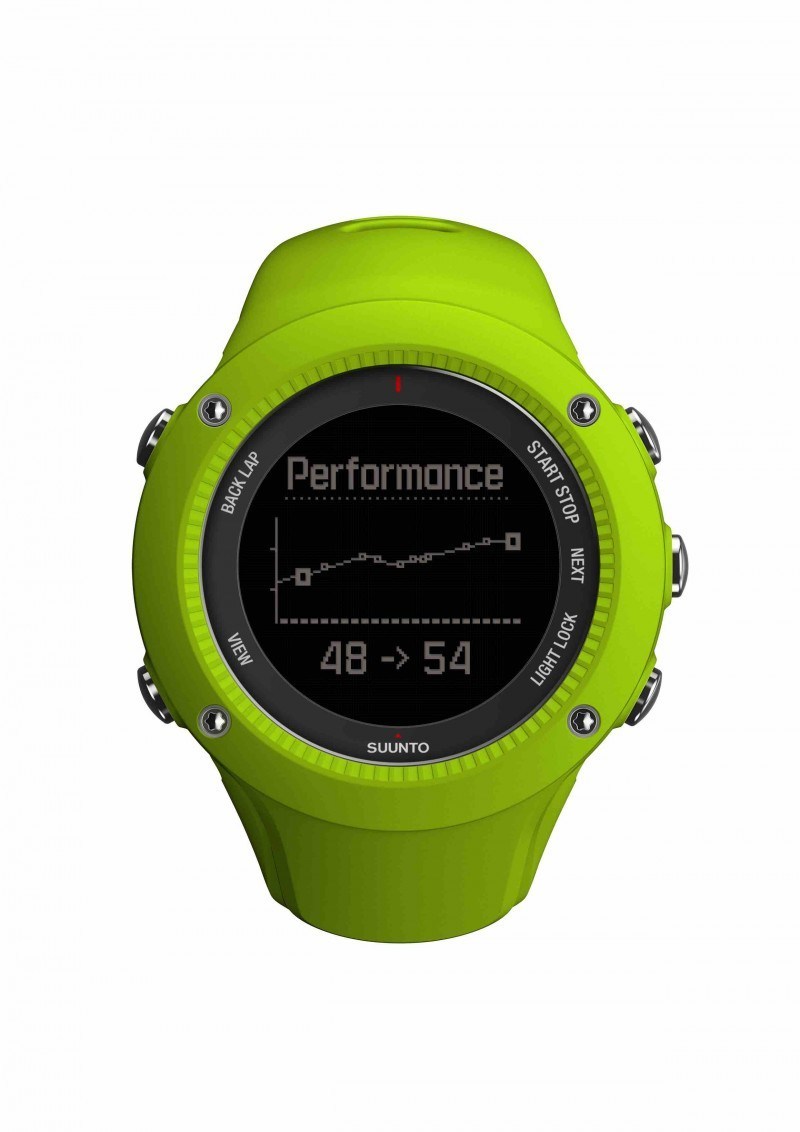
Parting shots
In this day and age of the "shallow reader," this article was long, perhaps too long for the taste of many, but there's a lot going on here and I felt it was important to accurately describe the power and limitations of this very exciting technology from multiple perspectives. How you proceed from here is up to you, but to help perhaps guide some of your next steps, I asked some of the people the most familiar with the system for their advice to those considering taking the plunge.
"Jump in with patience," advised Zach Caldwell. "Definitely do it, but go in with realistic expectations. The system won't pay dividends in the first week, but if you are patient for 3 months, you absolutely will not be disappointed. But you need to be committed: 3 months of wearing this thing to bed. Training with it every day. Doing baseline and follow-up testing. Learning how to interpret the results. But if you are consistent and patient, you will learn a lot. It is an incredibly valuable tool when used correctly."
Galanes went one step further, "Balancing endurance and intensity training is not easy and finding that line without the insight that the system provides in very, very difficult. FB gives you access to much better data and a much bigger picture. It is going to change your paradigm on what is optimal training and it is going to change how you view endurance training, all in a very positive way, but you need to be sure you are using the system correctly. If you do, you will feel better and you will perform better."
"I've had a very positive experiences with it," said Sophie Caldwell, "so I absolutely advise people to use it, but start out cautiously. Track your training and sleep, but don't rely 100% on this system. You need a baseline, but the more time you spend with it, the more you learn to correlate how you feel with what the data is showing, which makes you even more comfortable with it and able to count it on even more. It's not the only tool that I use, but I sure am glad that I have it."
Hoffman summarized the whole process nicely and offered solid advice, "Take it slow at first. Firstbeat tells you A LOT, so it can be a bit overwhelming. Take your time, learn what the numbers mean or find someone who does and be patient. It takes a while to understand how this is all relevant to you, so don't get overwhelmed by it. Stick with it though and you'll be glad that you did. You will learn a lot and you'll be a better, happier athlete."



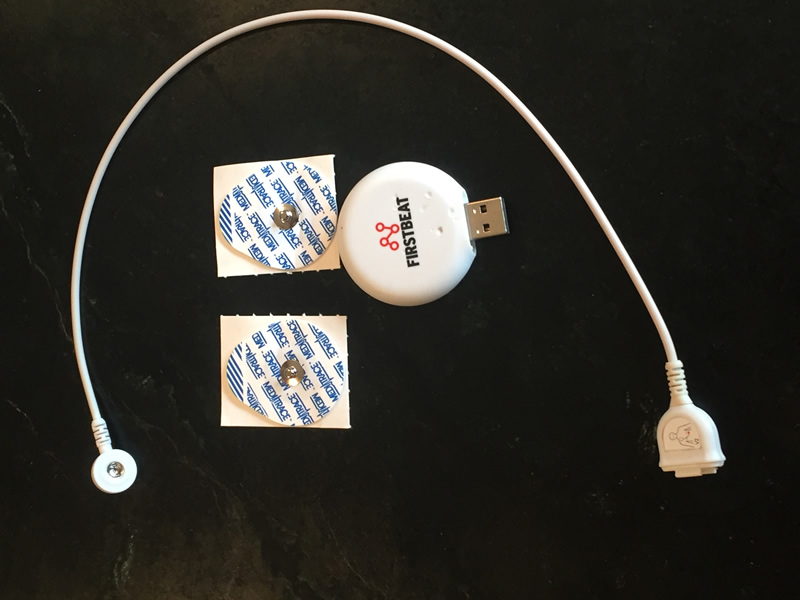
Start the discussion at slowtwitch.northend.network